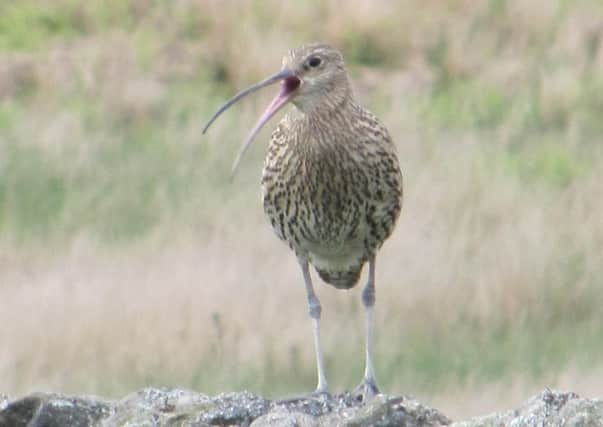YP Letters: Call of the curlew heralds a worrying decline


ONE of the many pleasures of living in the Yorkshire Dales area is the arrival of Europe’s largest wader bird, the curlew. This exotic-looking visitor is one of the most recognised birds in UK, found in upland and coastal habitats.
The curlew’s most distinctive feature is the long down-curving bill (the first part of its Latin name ‘Numenius Arquata’ translates as crescent moon), that it uses to probe the ground for worms and insects.
Advertisement
Hide AdAdvertisement
Hide AdBefore you see your first curlew of the season, you will probably hear their distinctive bleating call that gives the bird its common name.
The Yorkshire Dales and surrounding areas is home to around 4,000 breeding pairs. This accounts for about six per cent of the total 68,000 pairs breeding in the UK each summer. It came as a shock then, to discover that the curlew has recently been identified as one of the UK’s most rapidly declining breeding bird species. The British Trust for Ornithology have launched a Curlew Appeal to identify the causes of these declines. Let us hope the declines nationally can be halted and we do not lose forever one of the most distinctive sights and sounds seen and heard around the hills above Lothersdale.